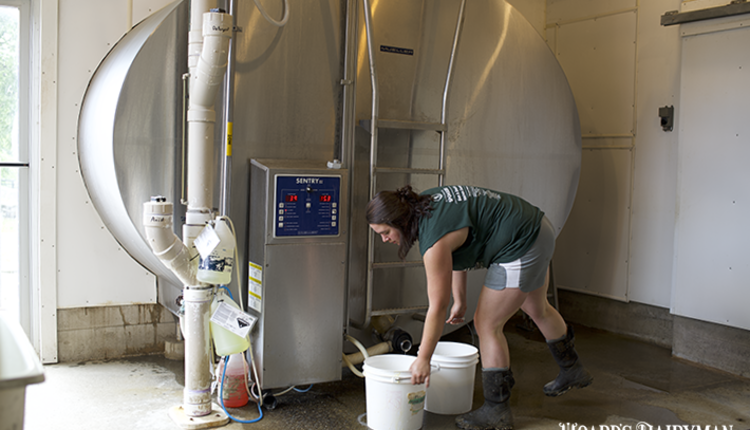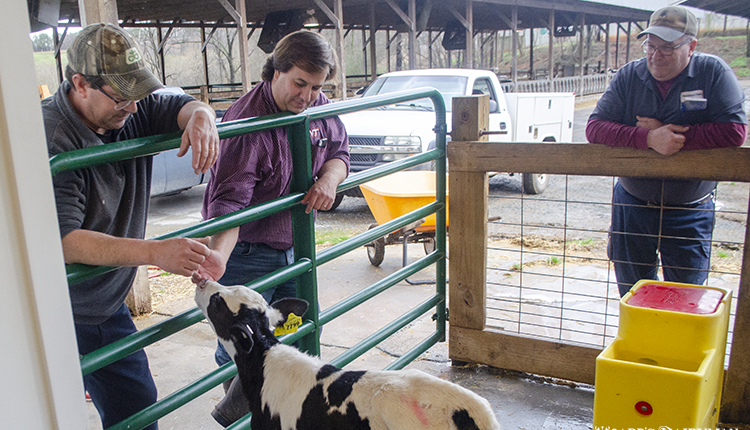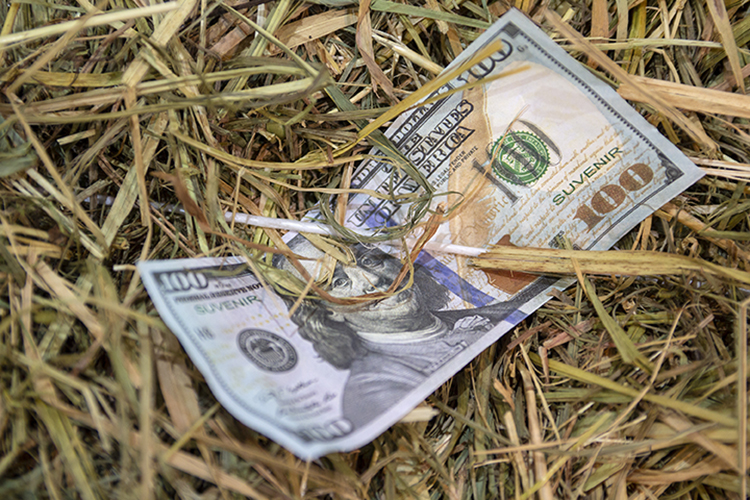
Of course, there are many layers that lie behind this simple formula. The first layer being that total revenues are a product of production times price. That means if a dairy farm is going to excel, it must distinguish itself by having higher production, higher price, lower costs of production, or some combination.
Lower costs of production might be achieved through economies of scale and other best practices, higher prices might be achieved by a value-added business model or a sound marketing plan, and higher production could be achieved through breeding and other best practices.
So, what is it that separates the most profitable? Is it herd size (economies of scale), higher prices, greater production, lower costs of production, or some combination?
Data from the University of Minnesota for the years 2015 to 2019 was segregated by herd size and then by net revenues and placed into the highest 40% of net revenue earners and lowest 40%. Due to the pandemic year of 2020, that data was excluded from the analysis. Questions addressed during this analysis included whether herd size makes a difference and within herd sizes does one of the elements of profitability (prices, production, costs of production) stand out.
Figure 1 shows the average net revenue in dollars per hundredweight (cwt.) for each herd size. The number in the green box illustrates the difference between the top 40% net revenue earners versus the bottom 40%.
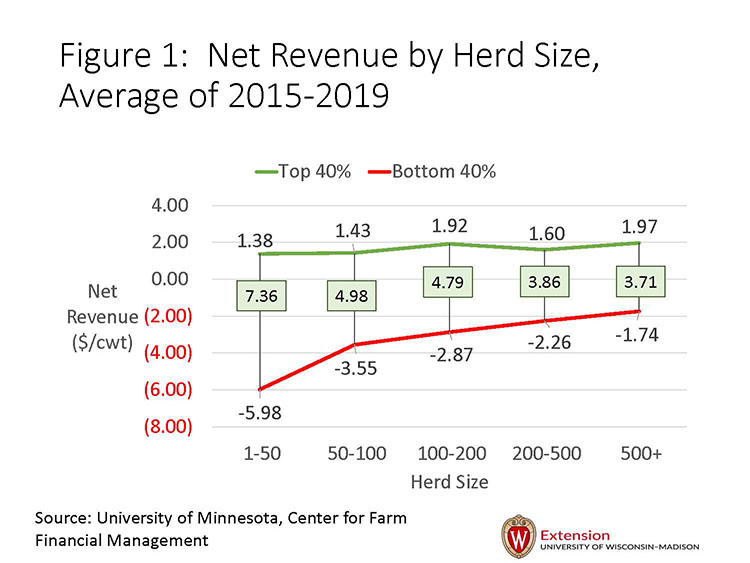
Herd size makes some difference, especially for the low net revenue farms, negligible for high net revenue farms.
Figure 2 shows how much additional total net revenues (and total per cow) the top 40% are receiving compared to the bottom 40%.
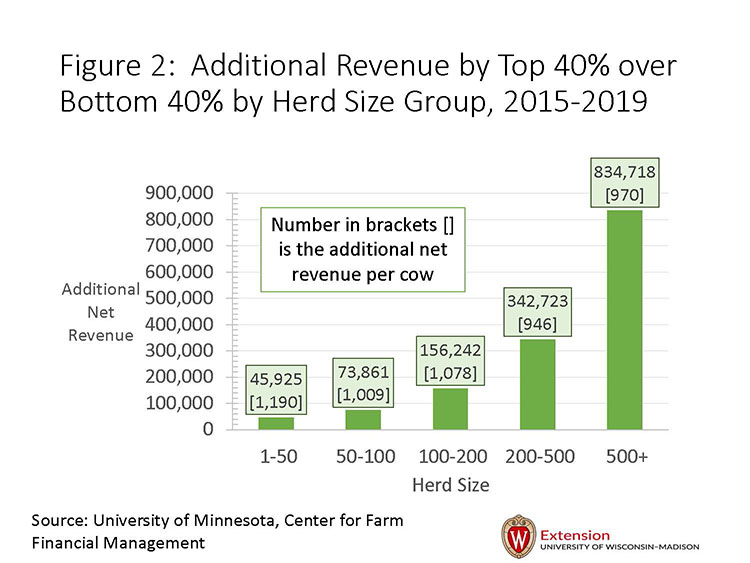
An even split
Table 1 shows the price, production, and costs of production characteristics between the top and bottom 40% net revenue earners. Note the bottom two rows of the table that show an almost even split between the combination of higher price and production versus costs of production as the reasons for the additional net revenues earned by the top 40% earners. Not surprisingly, in years of low prices the impact of lower costs of production becomes greater.







